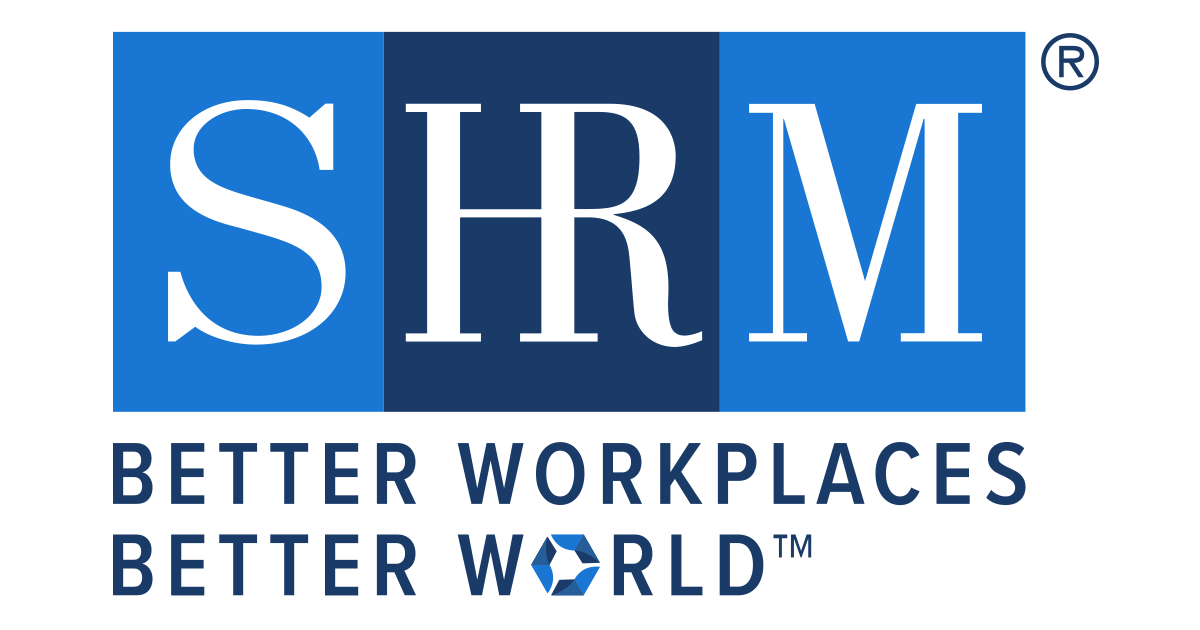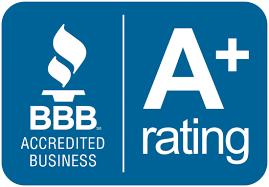Why You Need To Stop Hiring "Culture Fits"
Do The Addition - Hiring to Add, Not Fit!
Culture fit has become quite the buzzword around the professional world. You read it in job descriptions, hear it in job interviews, and even talk about it at work with your coworkers.
Originally, we needed a way to describe our places of work and the people in them, which is how company culture came to be. Then, we needed a way to ensure that the hires we were making, were the right hires - that new employees fit right in like a puzzle piece. This is how culture fit came to be.
People began to look for similarities between candidates and current employees. At first, it seemed like a great idea. As time went on, some began to realize that in fact, it wasn’t so good after all.
What’s Wrong with Culture Fit?
Hiring for culture fit stifles diversity. If you hire for similarity, the people around you are going to reflect you. This means you could end up with an office full of middle-aged, type-A, workaholics, with ivy league degrees. It doesn’t leave much or any room for differences, which significantly decreases the amount of diversity. And thanks to extensive research, we now know that not being diverse will hurt your bottom line. Who wants to work for or support a company that doesn’t represent or include them?
Hiring for a culture fit also limits creativity. When you only have people on your team who think alike, it promotes “groupthink.” You don't get different perspectives when you don’t have people from different backgrounds with varying life experiences on your team. Think about all the amazing ideas and solutions you could be missing out on.
The idea of a culture fit promotes bias. There shouldn’t be much bias in the workplace, but especially not in the hiring department. Everyone deserves a fair chance, not to be disqualified based on trivial things before they can prove their competence.
What’s the Solution?
Though culture should still be a guiding cornerstone for your company, it’s time to shift focus from hiring for a fit to hiring to add.
Hiring for culture-add changes the question from “how can they fit in” to “what can they bring to the table.” It is the idea of hiring to add to your culture as opposed to hiring to stick to the status quo. You shouldn’t focus on sizing people down to fit into your mold, but rather encouraging them to be their fullest selves and openly embrace all they have to offer.
While potential candidates should share foundational beliefs and morals that align with the company and its goals, they shouldn’t be scrutinized for much besides that. Sure, it’s nice to share similar educational backgrounds and weekend hobbies but it’s not a good indicator of ability nor should things of that nature be used as a deciding factor.
How to Shift Focus?
Before you work on finding someone to add to your organization, make sure you have or create an environment where everyone feels like they belong. Impress upon employees the power and beauty of working together, even with those they see as different. Explain what terms like “culture-fit” and “culture-add” mean and why they’re important. Emphasize your stance and how it will benefit the company. Encourage them to help foster a welcoming environment to make new additions feel right at home and ensure inclusion doesn’t stop even when onboarding is over.
When you’ve done that, take the necessary steps to ensure your hiring managers are all in too, as they play a very important role in this transition. Brush your team up on what the culture is, the standard you wish to maintain, and where you want to explore more options.
Lastly, as you move forward with this newfound insight, learn to hire objectively. Don’t let hiring decisions come down to simply how you feel about a candidate. Create a rubric or scoring system to compare candidates. This will not only simplify your decision but help reduce the amount of bias that may be present when deciding. This makes it easier to objectively prove why the candidate will or won’t be a good choice.
It may be hard to break out of hiring for culture fit at first, but when you make the decision to hire people for what they can add, the results will speak for themselves. Any transition will take time and lots of cooperation from individuals at all levels but give it some time. We promise, your profits will thank you!
We loved having you another week to read along! Check back here again next week for another great topic as we dive deeper into the wonderful world of staffing.








